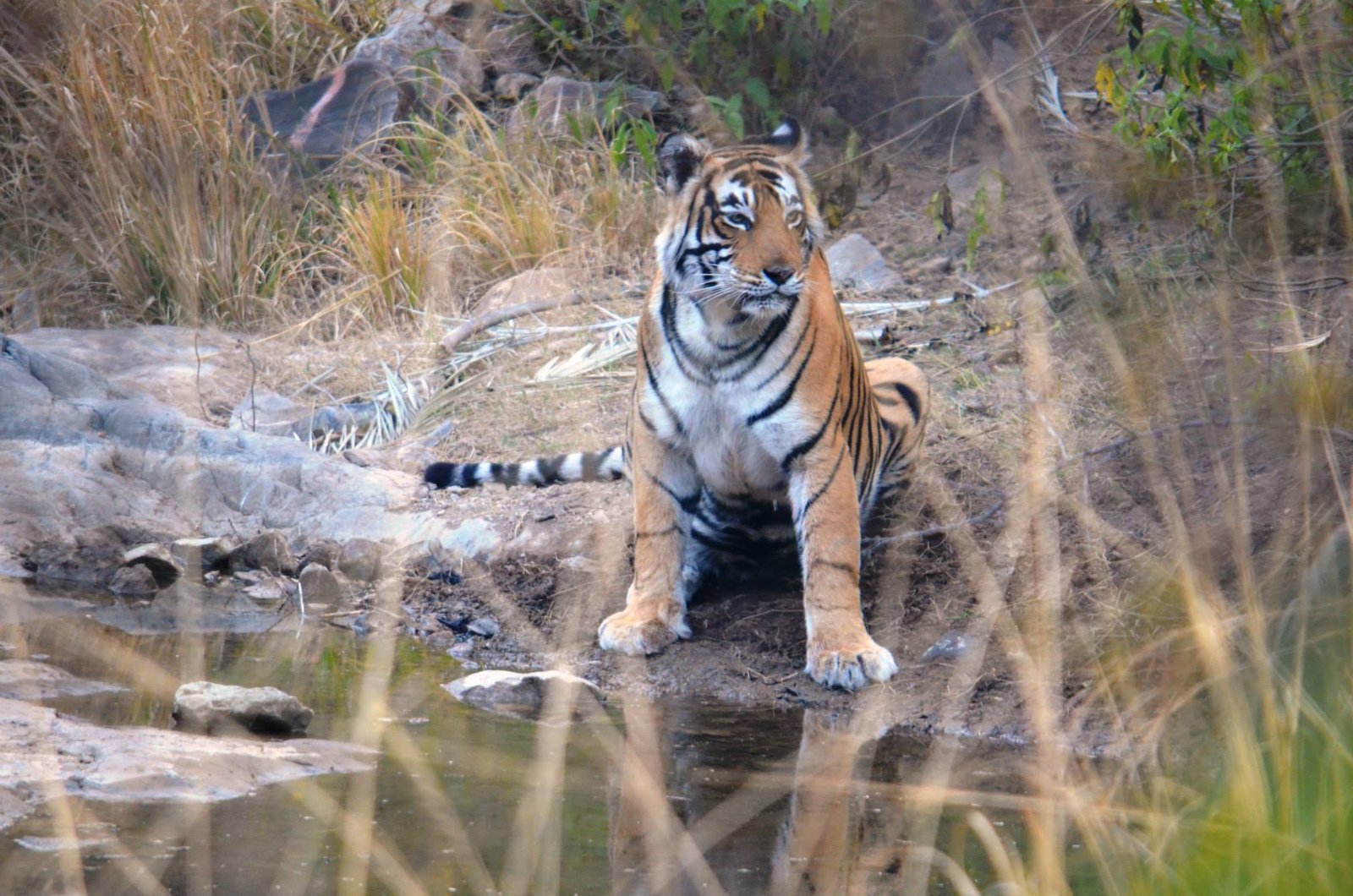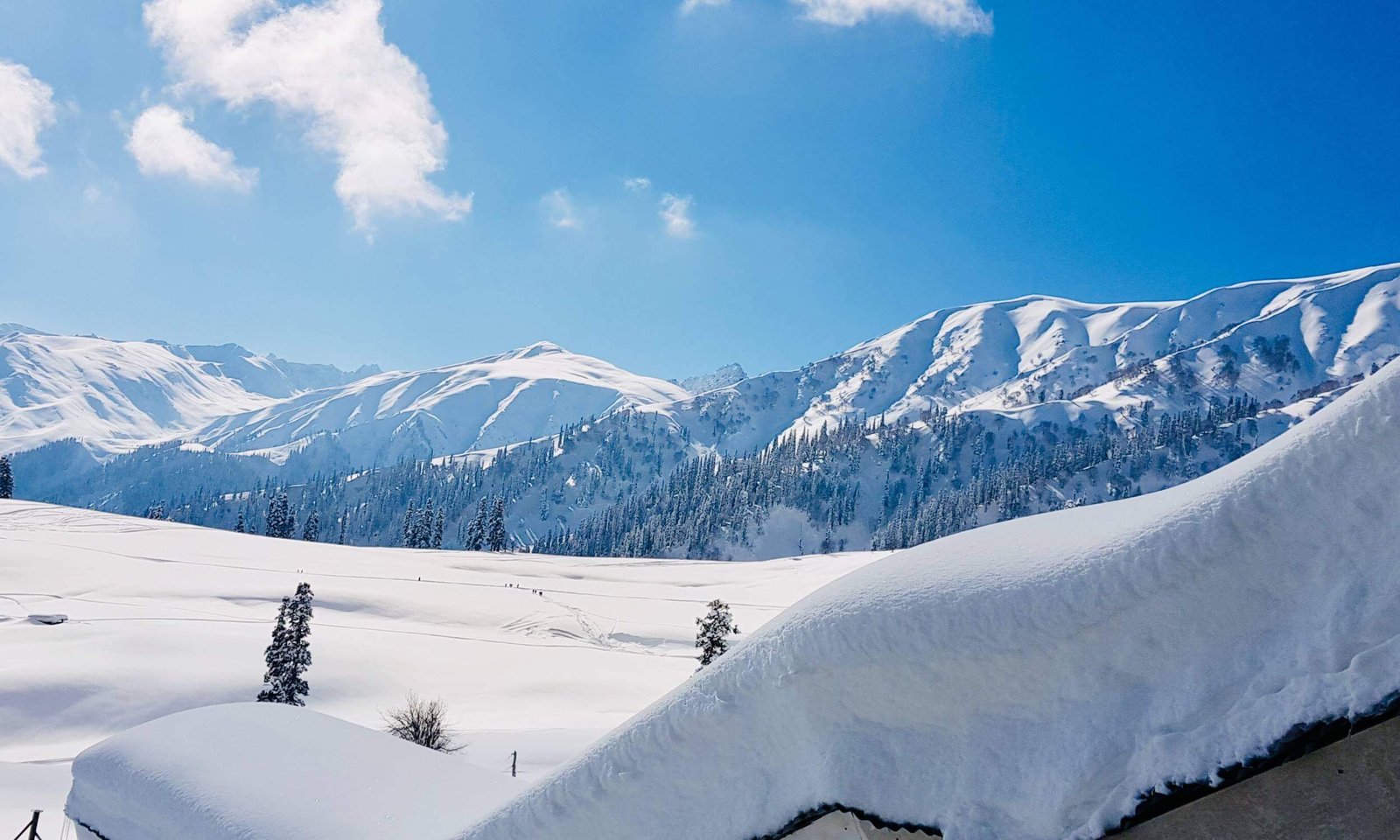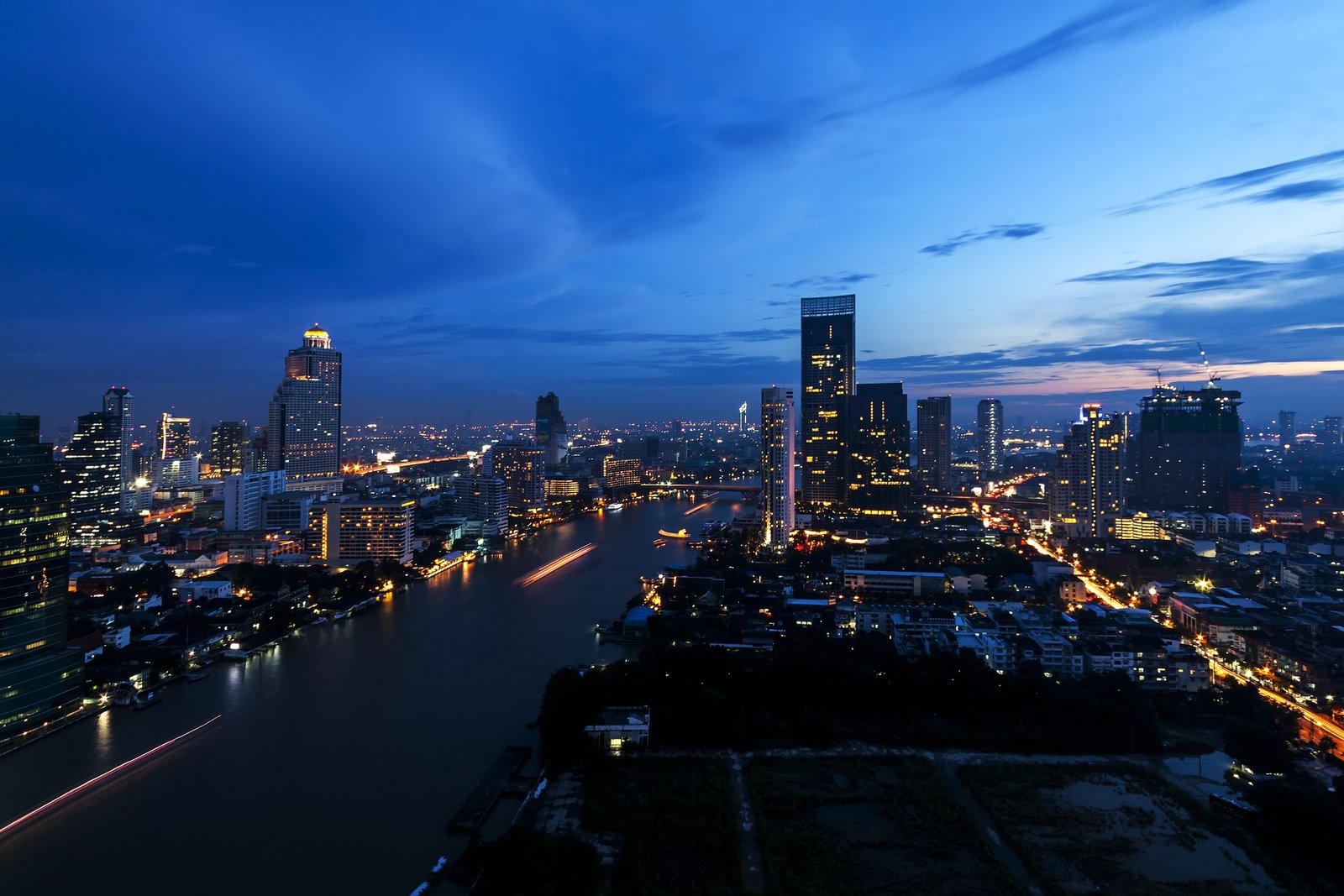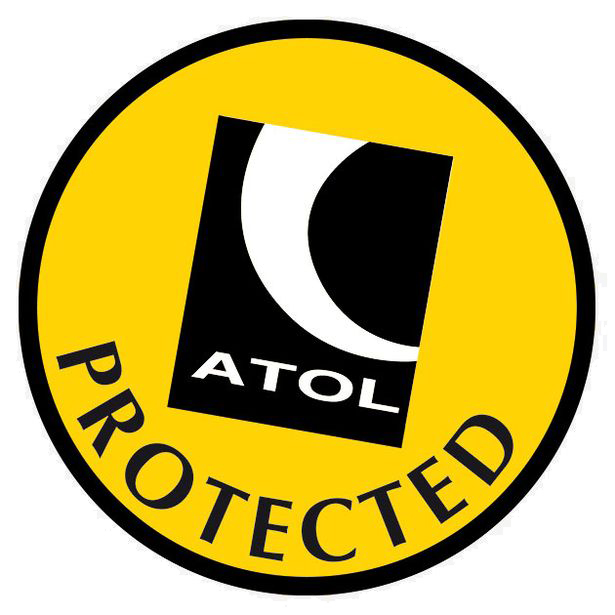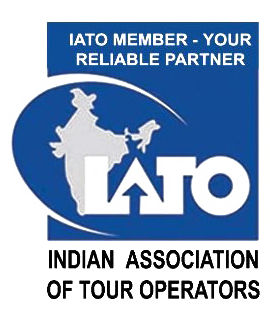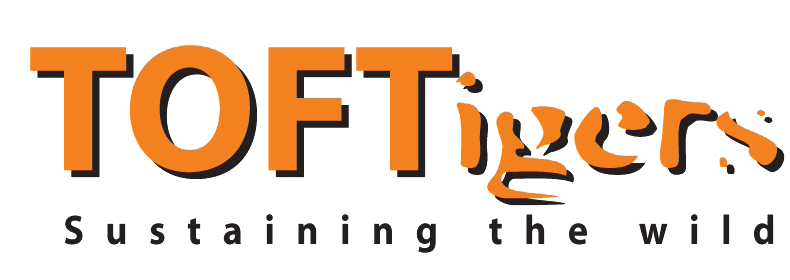Dominated by rice fields and flanked by mountains and the sea, Vietnam is a country of sublime beauty and warm, friendly people. Having left its recentlyturbulent past behind, the country has a vibrant and lively modern face. With hilltribes maintaining their centuries old traditions, bustling modern cities with hecticcrowds standing alongside quaint ancient traditional towns, floating villages andspectacular natural beauty with miles of pristine sand beaches, Vietnamis one of most diverse and enjoyable of the Southeast Asian countries.
What To See With its great natural beauty, its architectural ruinsand its rich ethnic variety, Vietnam is unrivalled in its attractions. For a firsttime visitor Hanoi, Hue, Hoi An and Ho Chi Minh City form a good start. Hanoi hasFrench colonial appeal with its lakes and shaded boulevards co-existing with thehustle and bustle of a modern growing city. A day trip can be taken to the WorldHeritage Site of Halong Bay with an option of staying overnight on a traditionalstyle junk.
Hue is considered the cultural capital of Vietnam with its Nguyen dynasty tombsand the Imperial Forbidden City. Hoi An is a delightful World Heritage town whilethe vibrant Ho Chi Minh City provides visitors with an insight into the recent pastof Vietnam and acts as a base for exploring the Mekong Delta.
For those with more time, the hill tribes of Sapa, the hill station of Dalat andthe beaches of Danang, Qui Nhon, Nha Trang and Phan Thiet offer excellent chancesof seeing more of this fascinating land. You can also take a river cruise up theMekong into Cambodia. Vietnam is easily combined with Cambodia and Laos for a morecomplete visit to Indochina.
When To Go Vietnam has a tropical monsoon climate. In general,October to Marchare the best months to travel to the country as a whole but therearedistinct regional variations in the climate.The Mekong delta has heavy rains in September and October, as doescentral Vietnam. The days are generally warm with temperatures around30°C. Mid-winter is slightly cooler, as are the hill stations which canalso be covered in mist.
Getting There
There are no direct flights from the UK to Vietnam. Thai Airways via Bangkok, Malaysia Airlines via Kuala Lumpur, Singapore Airlines via Singapore, Cathay Pacific via Hong Kong and Vietnam Airlines via Parisare among the airlines which offer daily connections to Hanoi and HoChi Minh City from London.The journey time is approximately 15-16 hours inclusive of connection times.
Getting Around
Air Travel
The main destinations in Vietnam arewell connected to each other by air – flights are reliable and relatively inexpensive.Given the length of the country, flying is often the only feasible way of coveringall the important destinations if one has limited time at ones disposal. Road Travel Roads are generally in good condition in the country, althoughthe Vietnamese have their own version of road etiquette. Travelling overland byroad is a good way of seeing the countryside, and is often unavoidable as not alldestinations can be accessed by air.
Train Travel
Trains are one of the principal means of transport for locals in Vietnam, and the Reunification Express connecting Hanoi and Ho Chi Minh City, one of the most popular and well-known trains. The air-conditioned upper class cabins are basic but comfortable – suitable for an overnight or a day journey of a few hours. Carriages in the offer a luxury train journey from Hanoi to Lao Cai for the hill station of Sapa.
Boat Travel
A memorable journey can be taken on board the Pandaw cruise that plies the Mekong from Saigon to Siem Reap in Cambodia.
AirVietnam operates 17 major civil airports, including three international gateways: Noi Bai serving Hanoi, Danang International Airport serving Danang City, and Tan Son Nhat serving Ho Chi Minh City. Tan Son Nhat is the largest, handling 75 percent of international passenger traffic. According to the approved plan, Vietnam will have 10 international airports by 2015 (besides the three above-mentioned airport, they are: Lien Khuong International Airport, Phu Bai International Airport, Cam Ranh International Airport, Phu Quoc International Airport, Cat Bi International Airport, Can Tho International Airport and Long Thanh International Airport). The planned Long Thanh International Airport will be built on an area of 50 square kilometers and will have full capacity of 100 million passengers, 5 metric tons of cargo per annum. Vietnam Airlines, the national airline, has a fleet of 60 (+77 orders) (150 in 2020) aircraft Besides the state-owned Vietnam Airlines, there are some private airlines like Jetstar Pacific, Indochina Airlines, VietJet AirAsia, Trai Thien Air Cargo.The modern transport network of Vietnam was originally developed under French rule for the purpose of raw materials harvesting, and reconstructed and extensively modernized following the Vietnam War. The road system is the most popular form of transportation in the country. Vietnam’s road system includes national roads administered by the central level; provincial roads managed by the provincial level; district roads managed by the district level; urban roads managed by cities and towns; and commune roads managed by the commune level.
Road
Bicycles, motor scooters and motorcycles remain the most popular forms of road transport in Vietnam’s cities, towns, and villages although the number of privately owned automobiles is also on the rise, especially in the larger cities. Public bus operated by private companies is the main long distance travel means for many people. Traffic congestion is a serious problem in Hanoi and Ho Chi Minh City as the cities’ roads struggle to cope with the booming numbers of automobiles.
Rail
In 2009, Vietnam and Japan signed a deal to build a high-speed railway using Japanese technology. Vietnamese high speed engineers were sent to Japan to take a high-speed course from March to November. Since 2006, Vietnam has sent 100 high-speed operators to take courses in Japan so they can operate it once it is completed. The railway will be a 1,630-km-long express route and contain a total of 26 stations, including Hanoi and Thu Thiem terminus in Ho Chi Minh city. It will help reduce the travel time between the country’s two largest cities to under 10 hours.
Using the planned technology (Shinkansen), the railway will be designed for trains to travel at a maximum speed of 360 km per hour. However, the consultant joint venture recommended running trains at a maximum of 320 km per hour using Fastech 360s trains. As scheduled, the railway lines from Hanoi to central Vinh and from central Nha Trang to Ho Chi Minh City in southern Vietnam will be laid during the 2010-2015 period. From 2015-2020, construction will begin on the routes between Vinh and Nha Trang and between Hanoi and the northern mountainous provinces of Lao Cai and Lang Son. Water
The nation has seven developed ports and harbors at Cam Ranh, Da Nang, Hai Phong, Ho Chi Minh City, Hong Gai (Halong City), Qui Nhon, and Nha Trang. There are also more than 17,000 km of navigable waterways, which play a significant role in rural life owing to the extensive network of rivers in Vietnam.
Tourist Information
Key Facts
Country: Vietnam
Capital: Hanoi , Largest city – Ho Chi Minh City
Area: 329,560 sq kms
Population: 80 million
Religions: Mainly Buddhist (around 80%)
Languages: Vietnamese. English fast gaining popularity among the youngergeneration with French spoken mostly by the elderly in the main cities.
Time: GMT + 7 hours.
Visa Formalities: UK citizens require a visa.
Currency: Dong.
Electricity: 220V, 50Hz cycle
Local laws and customs
You should avoid any involvement with drugs. Drug trafficking and possession carries heavy penalties, including the death penalty, which is enforced in Vietnam. Other crime, such as sex offences or fraud, can result in very long prison terms or a death sentence. The Vietnamese legal system is not well developed and the standard of prisons is very poor. The Embassy/Consulate can not get you out of prison.
When checking into a hotel, you will have to surrender your passport so that the hotel can register your presence with the local police. It is advisable to carry a photocopy of the data page from your passport, which can be used as proof of identity. If you are staying in private accommodation, you will still be expected to register. Ask your host to assist you with this as soon as you arrive. You may be charge an administrative fine for staying without registration. The level of fine is at the discretion of the Head of the Police in the area you stay.
Foreign visitors to Vietnam are generally not permitted to invite Vietnamese nationals into their hotel rooms.
There are many different types of religious buildings in Vietnam. Please respect the local customs and dress appropriately when entering any temple, church, mosque etc.
Photography of, or near, military installations is generally prohibited.
The police in Vietnam are separated into sections (crime, traffic, immigration, army police etc) but most carry firearms.
VISA Information
VISA REQUIREMENTS
Applicants for an entry Visa to Vietnam can be made in person or by post to the Embassy of Vietnam. Application in person can be made by the applicant of any representative.
Original passport whose validity must exceed that of the visa by at least one month.
One complete APPLICATION FORM F.
One passport photograph taken not more than one year ago.
Visa Fee : APPLICABLE AS PER THE APPLICANT.
Note: The above is only for information purpose. Visa requirement might be changed by the concerned embassy, hence kindly visit the embassy website or speak to the concerned authority before applying for the visa.
EMBASSY OF VIETNAM
12 – 14 Victoria Road,
LONDON – W8 5RD,
Tel : 020 7937 1912,
Fax : 020 7937 6108 or 020 7565 3853
E-mail : consular@vietnamembassy.org.uk
Website : http://www.vietnamembassy.org.uk/consular.html
Social Conventions
Handshaking and a vocal greeting is normal. Clothing should be kept simple, informal and discreet. Avoid shorts if possible as they are usually only worn by children. Footwear should be removed when entering Buddhist pagodas. Vietnamese people should not be touched on the head.
Currency
The Vietnamese currency is Dong (VND). Banknotes in circulation are 100 Dong, 200 Dong, 500 Dong, 1,000 Dong, 2,000 Dong, 5,000 Dong, 10,000 Dong, 20,000 Dong, 50,000 Dong and 100,000 Dong recently issued by The State Bank of Vietnam. The rate of exchange is approximately 1 USD = 14,950 dong. Foreign currencies can be exchanged at the bank, exchange bureau or hotel reception desk. Travelers’ cheque and most of Credit cards are accepted in the major cities.
Local Transportation
Bus, train, taxi, cyclo, taxi-motor “Xe Om”, Xe Lam ( like Tuk Tuk in Thailand ) and car, motor & bike for rent are available in the major cities.
Electricity
Electric current in Vietnam is 220 volts at 50 Hertz but outlets of 110 volts at 50 hertz are somewhere also available. Today, most outlets are flat pins. The rest are round pins.
Film and Photography
It is so easy to find in Vietnam popular color print film brands including Kodak, Fuji, Konica, AFGA. Western-made slide film, batteries and spare parts for cameras are also available. You can develop your roll at any Photo Processing Shop by the latest Japanese one hour color printing equipment.
One thing to keep in mind: recheck your roll store before going to visit somewhere and buy more film immediately in the street if it is not enough film for you to take photo because you will be charged by sellers at tourist spots at an extremely expensive price when buying film these.
Food
Every day, Vietnamese people eat rice by bowl and chopsticks as western people eat bread by knife, fork and dish. There is a wide range of sauces, snacks, soups, noodles, desserts and tropical fruits. Travelling to Vietnam is a good time to taste these delicious dishes. Otherwise vegetarian food, dietary dishes and western menu are also available at restaurant
Drinks
At some hotels in Vietnam, water are potable but you can not drink it from public water system in the street. There are too many kind of drinks such as: coffee, tea, mineral water, fruit juices, soft drinks, alcohol, wine, champagne and liquor… The most suitable for you while travelling is the mineral water sealed in plastic bottles (well-known marks like La vie – Vittel France…). At leisure, you can drink coffee and Vietnamese green tea or coconut milk, coca-cola, Pepsi. If you like alcoholic drinks, you should taste local beer 333 and Hanoi Beer or local alcohols made from rice. Otherwise if you are curious or adventurous to try a little bit of snake wine or the like. It said to be more powerful for men. Frozen drinks usually are better than drinks with ice.
Accommodation
In the whole country, there are enough kind of accommodation for your choice from dormitories, camping, guest houses, mini-hotels to luxurious hotels. On the other hand, a system of houses, apartments and residences for rent are also available. If you want to be more independent and come back to the nature, camping in jungle is at your disposition or you want to discover the local life, you can share and pass the night at a house of local inhabitant in some remote areas.



